Saturn now has 82 known satellites
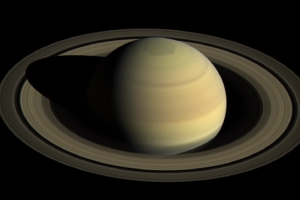 Solar System
Solar System

 Solar System
Solar System
Saturn now has 82 known satellites
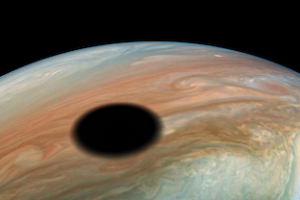 Space Exploration
Space Exploration
One of of Galilean moons cast a giant shadow over Jupiter which was spotted by NASA’s Juno spacecraft
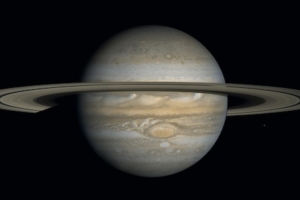 Solar System
Solar System
We explore the possibility of the two major heavyweights in the Solar System colliding in epic fashion
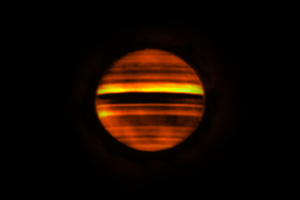 Solar System
Solar System
Looking at Jupiter in the radio wavelength can reveal details about the ammonia stirring below the clouds
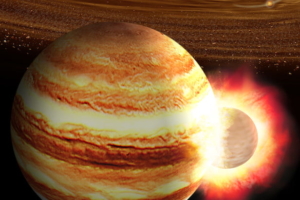 Solar System
Solar System
The object was likely 10 times the mass of the Earth and was able to stir up Jupiter’s core in the process
 Solar System
Solar System
The NASA/ESA space telescope reveals the intricate, detailed beauty of the gas giant’s clouds in this new image taken on 27 June 2019
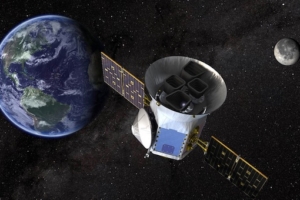 Space Exploration
Space Exploration
Launched in 2018, the Transiting Exoplanet Survey Satellite, or TESS, has found three new worlds around a neighbouring star
 Solar System
Solar System
We find out if it’s possible for the gas giant to grow another of its famous red blemishes
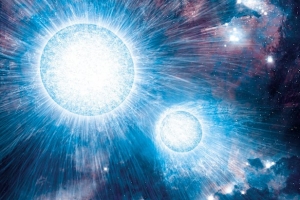 Deep Space
Deep Space
Does one devour the other, or do they both co-exist? Find out the answer when stellar giants collide
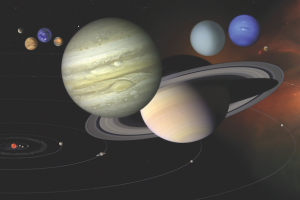 Solar System
Solar System
We take a look at why the members of the Solar System vary in colour
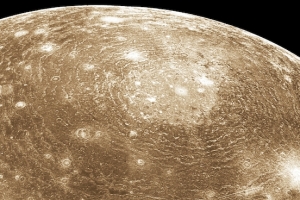 Solar System
Solar System
We find out what the biggest impact is on this Galilean moon
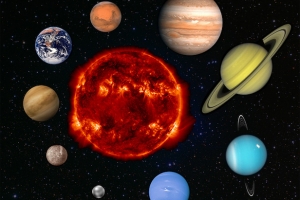 Solar System
Solar System
Out of the eight planets, from Mercury to Neptune, on which of these would you weigh the least?
 Solar System
Solar System
This discovery is another important step in understanding the mysterious interior structure of the Solar System’s largest planet
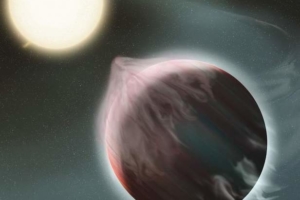 Solar System
Solar System
It would take something special, but the consequences would change the Solar System as we know it
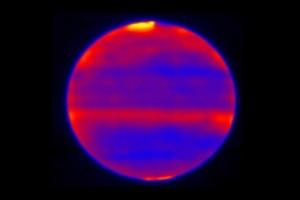 Solar System
Solar System
Aurora on Jupiter can reach two to three times deeper into its atmosphere than the aurora experienced on Earth
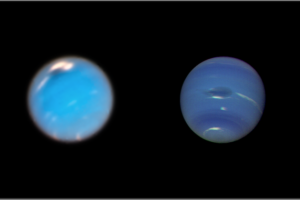 Solar System
Solar System
Comparing the storms on the gas giants Jupiter and Neptune act can tell us interesting details about their formation and evolution
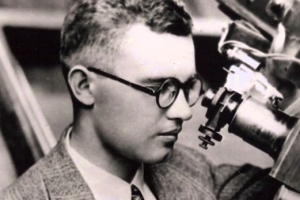 Astronomy
Astronomy
The amateur astronomer who discovered Pluto and visited the dwarf planet after his death
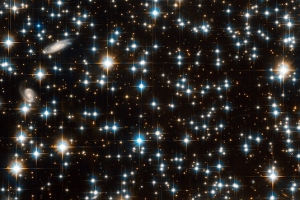 Deep Space
Deep Space
We have the answer to this intriguing question
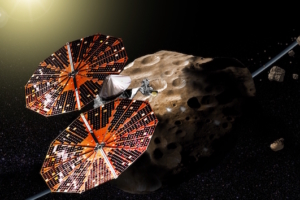 Space Exploration
Space Exploration
NASA’s Lucy mission will visit a collection of asteroids and is due to launch in 2021
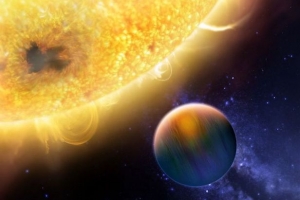 Deep Space
Deep Space
Could these worlds be the extreme cousins of gas giant Jupiter?